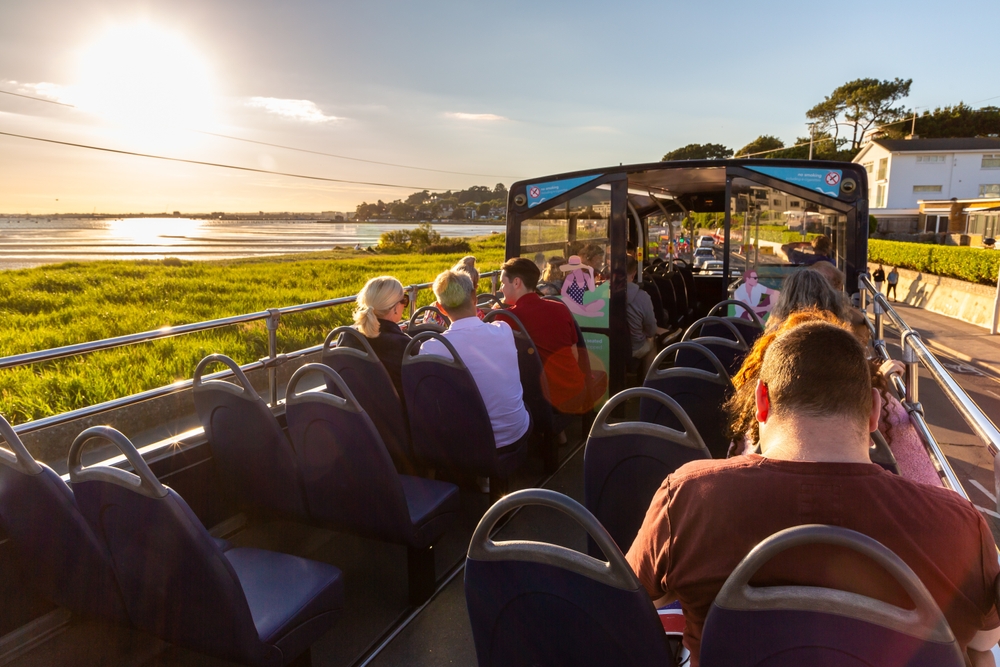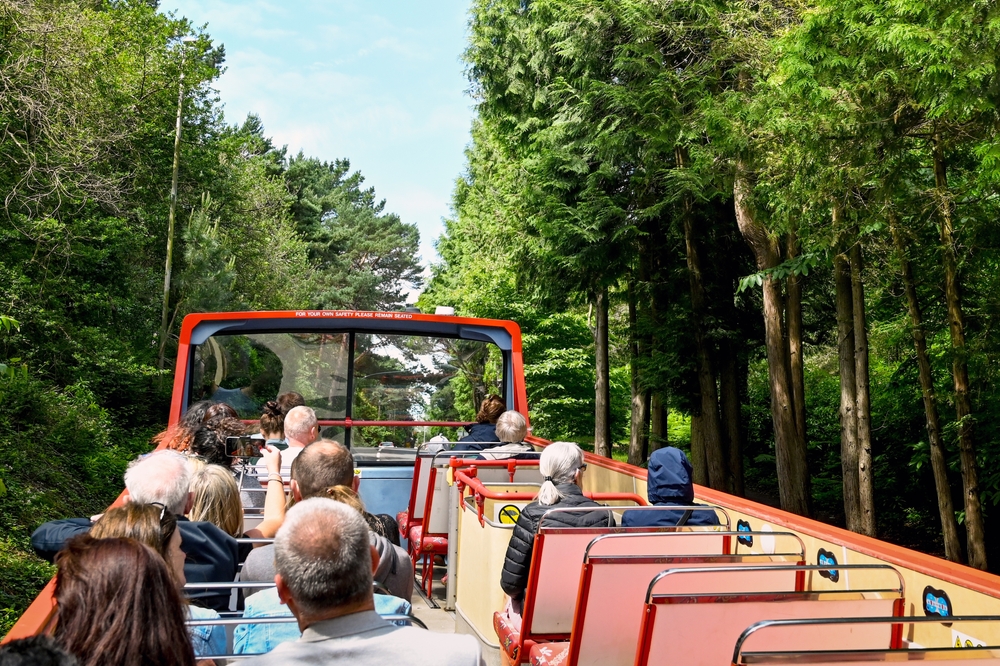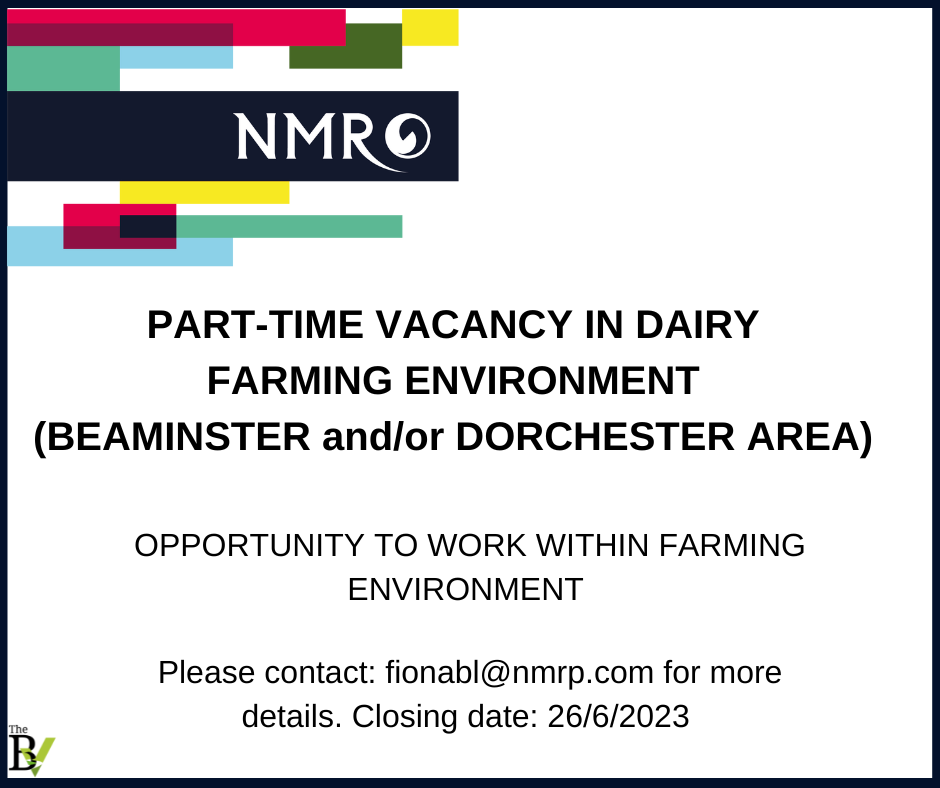A major government grant will enable the construction of a building at Dorset County Hospital (DCH) to house a new critical care unit and emergency department (ED). The announcement was made by the Department of Health and Social Care as part of its New Hospital Programme, which is expected to be backed by national investment of more than £20 billion.
DCH provides both emergency and planned care to approximately 300,000 people across the west and north of the county. Ever-greater demand is putting increasing pressure on the ED, which was designed to treat half the current patient number. Demand is expected to rise further due to increasing population and ever more complex needs of older people – the new building is essential to make sure that the increasing needs can be met. Anyone visiting an ED recently will most likely have experienced first-hand some of the challenges caused by the increasing demands on the service. However, our local hospital’s emergency department is ranked among the top ten in England – speaking volumes about the quality of care, despite being a busy place.

A total overhaul
From 2025, the total capacity of the new ED will increase from 64 to 72 beds, while the new Critical Care Unit will have space for 24 beds (an increase of 13). Initial work is under way, ahead of the main construction, and approval has already been given to demolish the West Annex at the site.
The ED layout will be reconfigured and updated, with new dedicated areas for both major and minor injuries, paediatrics and a bespoke mental health facility. The integration of mental health with a dedicated unit inside emergency care is important. A recent report from the Royal College of Emergency Medicine identified that, although a relatively small number of people with mental health issues present to EDs, they are some of the most vulnerable in our communities, and twice as likely to have a significantly longer stay in the department.
There will also be an ambulance offload and rapid assessment area. A helipad will be located on the roof, and a new entrance for the public will be located on Damers Road. Air ambulances are increasingly important in rural areas and enable people to be treated significantly faster. Last year, Dorset and Somerset Air Ambulance was called 2,424 times to emergencies, with almost half of these due to trauma incidents and a quarter down to cardiac events. Their busiest month is June.
Great for Dorset
Matthew Bryant, chief executive of Dorset County Hospital, says: ‘We are delighted that the government has announced its continuing commitment to the Dorset County Hospital scheme as part of the New Hospital Programme. This development is very important for Dorset and will deliver a state of the art Emergency Department and an expanded Critical Care Unit in Dorchester for patients most in need of life-saving care. It’s an exciting time for the team at Dorset County Hospital. This expansion will improve care for patients and help us attract and retain staff who want to provide high quality specialist healthcare in modern facilities.’
Commenting on the announcement, West Dorset MP Chris Loder says: ‘This is a significant milestone in the history of Dorset County Hospital, and it will have wide-reaching, long-lasting benefits for patients and staff. I am pleased that the government have recognised the value and strategic importance of our county town’s hospital, and that the improvements are needed.’
While the construction project takes place, the Emergency Department is still open to the public in Dorchester. People in North Dorset also have choices when accessing advice for minor health problems such as using a pharmacist, visiting a minor injuries unit, or calling 111.


















